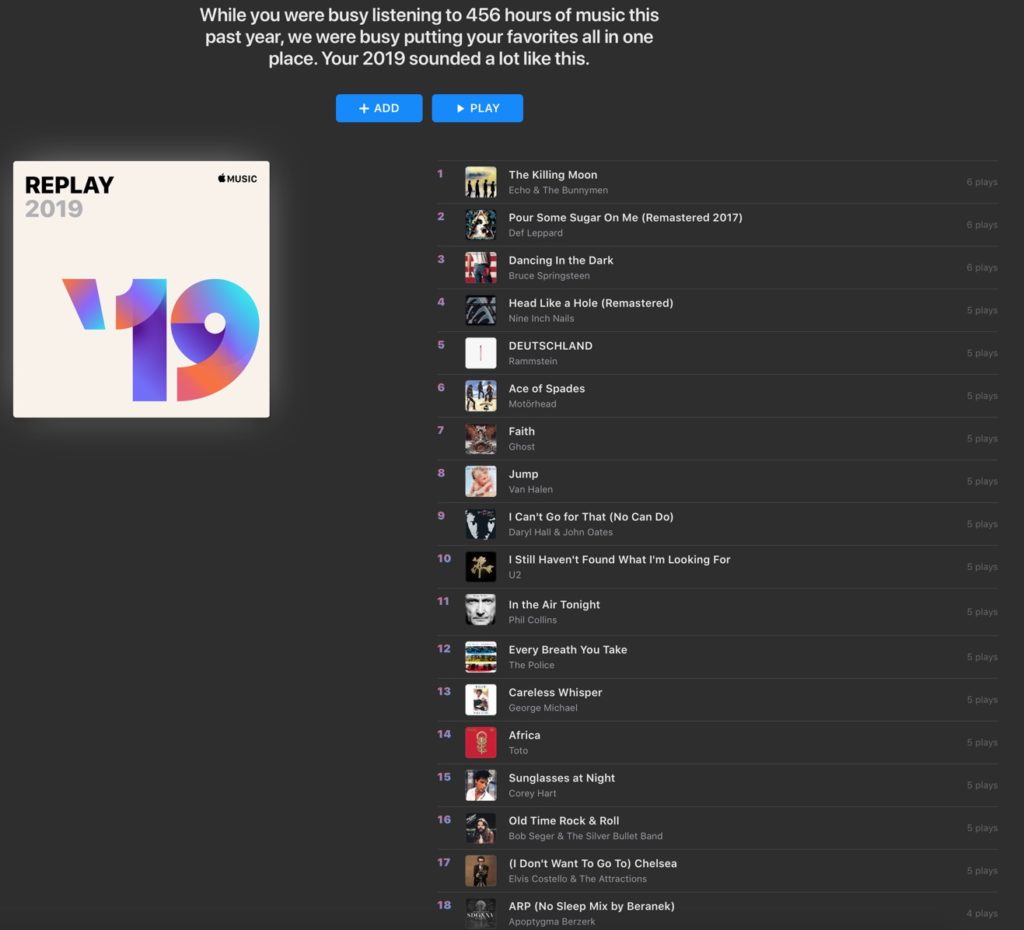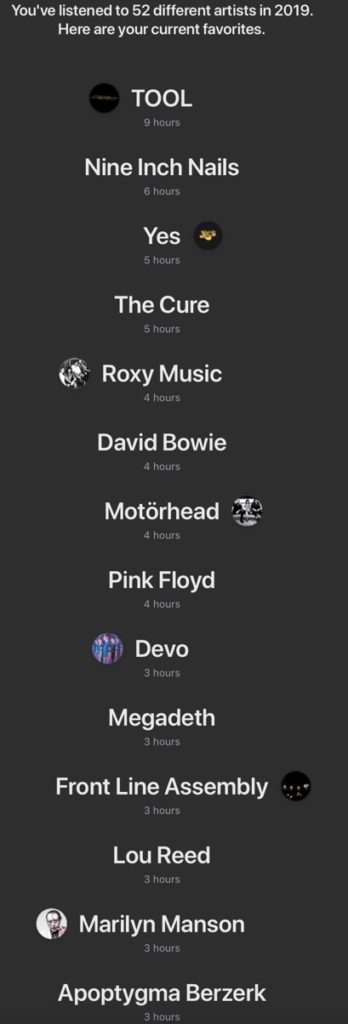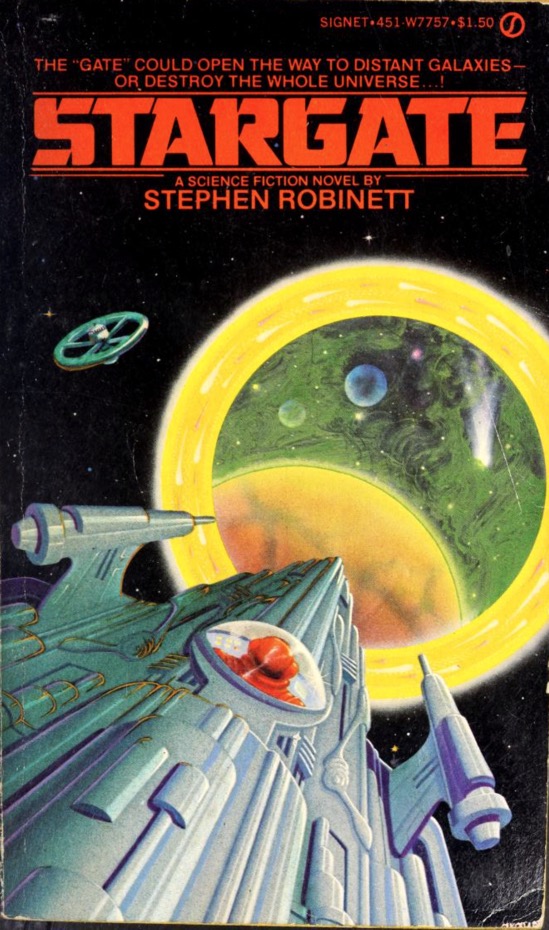Considered while watching Godzilla Final Wars again:
The Godzilla Cinematic Universe is massively more high-quality science fiction/space fantasy than Star Wars, Marvel, and DC combined.
Sure, there's a few stinkers across 65 years like the Roland Emmerich movie GINO, Son of Godzilla, All Monsters Attack, and arguably Godzilla 2014, not every film has a great plot or fights. But by and large, they're respectable work.
If I'm going to show someone just three Godzilla films, they'd be Godzilla (1954), GMK: Godzilla, Mothra and King Ghidorah: Giant Monsters All-Out Attack (2001), and Godzilla Final Wars (2004); alternately for the last Destroy All Monsters (1968), similar basic movie but more serious, less awesome.
"One who depends on power will be destroyed by it."
—Xilian leader, Godzilla Final Wars
Tokusatsu is better than CGI, but Gen Orobuchi's Godzilla anime, Final Wars (a mix of Tokusatsu and CGI), & Godzilla: King of the Monsters show you can animate good Godzilla movies.
Compare to Star Wars: Two and a half good movies in the original trilogy, nearly a dozen garbage films since, a bunch of bad cartoons. Marvel: Maybe 5 good movies (Iron Man, Thor, Avengers, Deadpool, Guardians of the Galaxy) and a bunch of recycled junk sequels. DC: The Dark Knight, Wonder Woman somewhat?, rest is Zack Snyderism at its worst.
What's the moral of Star Wars, post-original-Trilogy? "This is pod-racing!" or "kill your father and burn anything you should respect" or some shit. What's the moral of Marvel & DC? Punch "bad guys" and they'll be back next week; a lot of civilians die as collateral damage.
The moral of Godzilla, the truth you should've learned, is always that nature is bigger than mankind, that war brings only misery, that science without forethought and sacrifice brings only monsters.




